Summer school and beekeeping
To begin with, I had the opportunity to do activities with a class of third grade students this week. The topic that I covered was on pollination. For instance, we played pollinator games, went over the parts of a flower, planted seeds, dissected owl pellets, and identified outside plants. On a different note, beekeeping has recently become a popular practice in Wise County. With this being said, I am so happy that people want to raise bees. Over the past few years, bee decline has become a major issue worldwide and one way to help is to have your own hives. As an intern, I had the chance to put on a bee suit and actually check hives this week. Overall, this experience was amazing and in the future, I hope to have a couple hives of my own.
How to interpret the results of a hay sample
Why should you test hay? The answer is simply because a hay sample can give you an idea of the quality. Also, it can give you the value for crude protein and the overall relative feed value. In the Wise County Extension office, we add the crude protein value and the relative feed value in order to see the overall quality of the hay. With this being said, the USDA has hay guidelines that we follow. For example, if the crude protein percentage is between five and nine, it is considered fair quality. Furthermore, if it is between nine and thirteen percent, it is considered good quality. Finally, if it is over thirteen, it is considered premium quality. Additionally, the relative feed value is also very important to know. This basically shows how likely the animal is to eat the hay. In Wise County, a relative feed value of one hundred is considered really good.
Virginia Master Cattleman Program
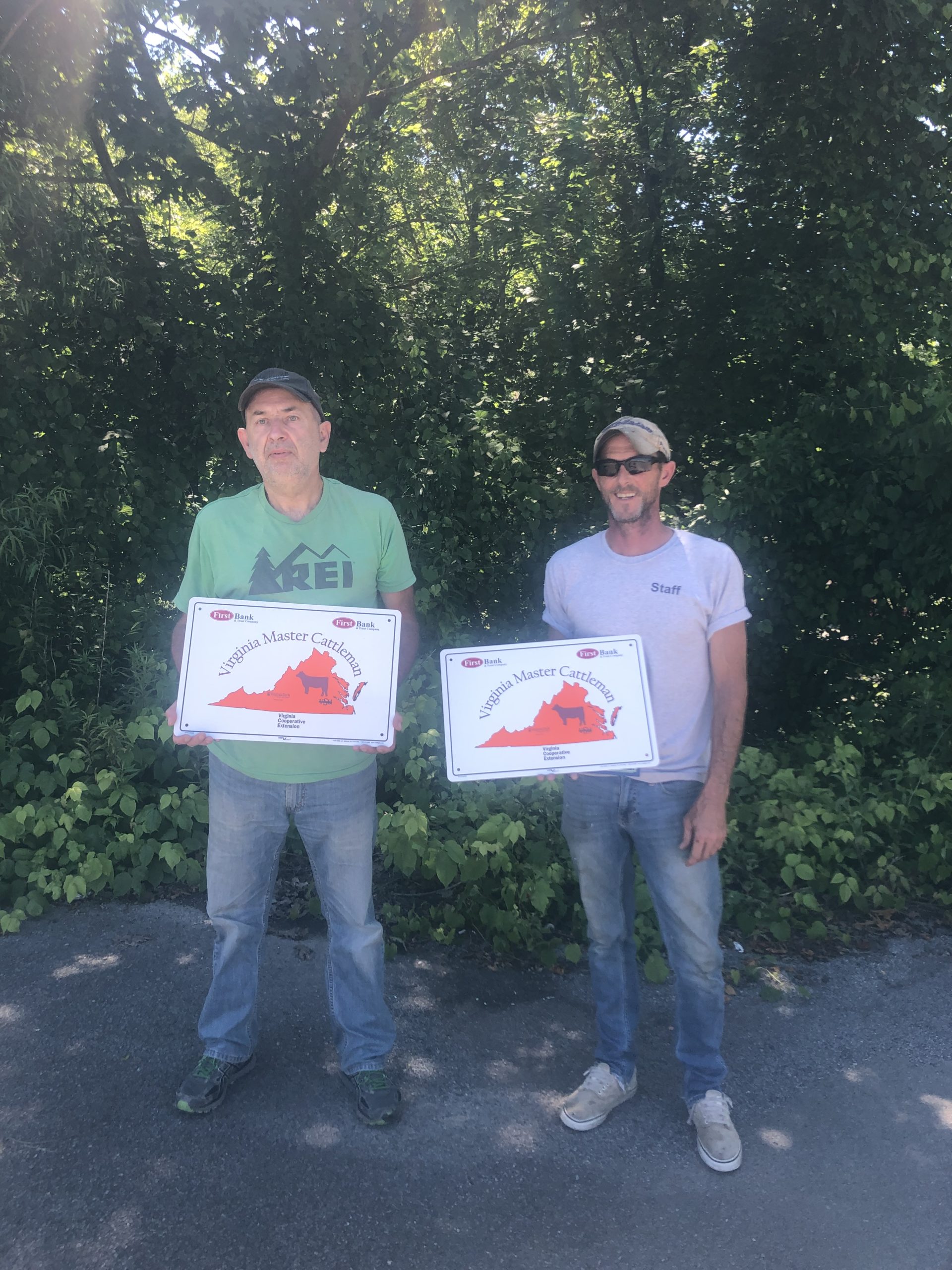

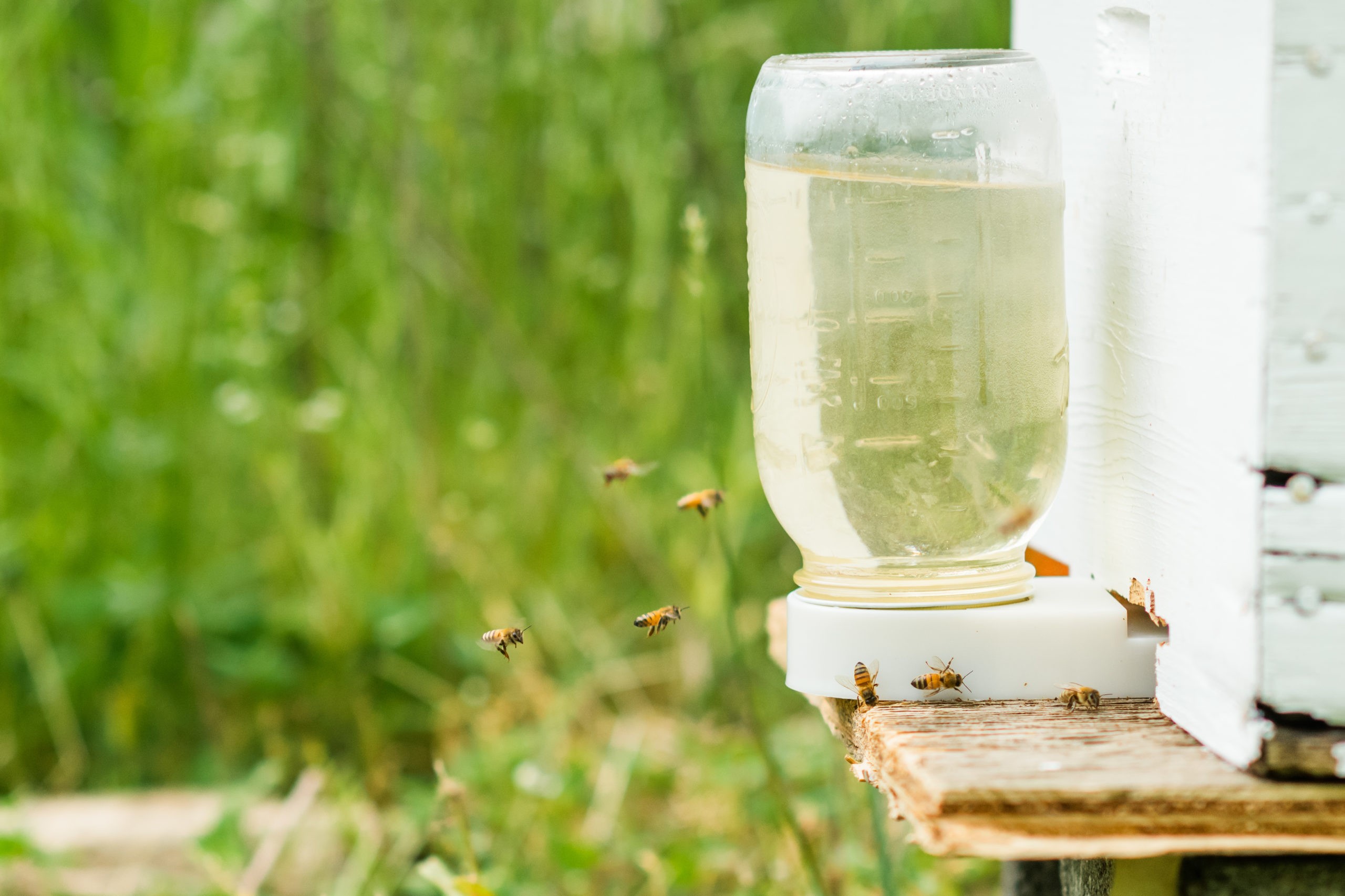

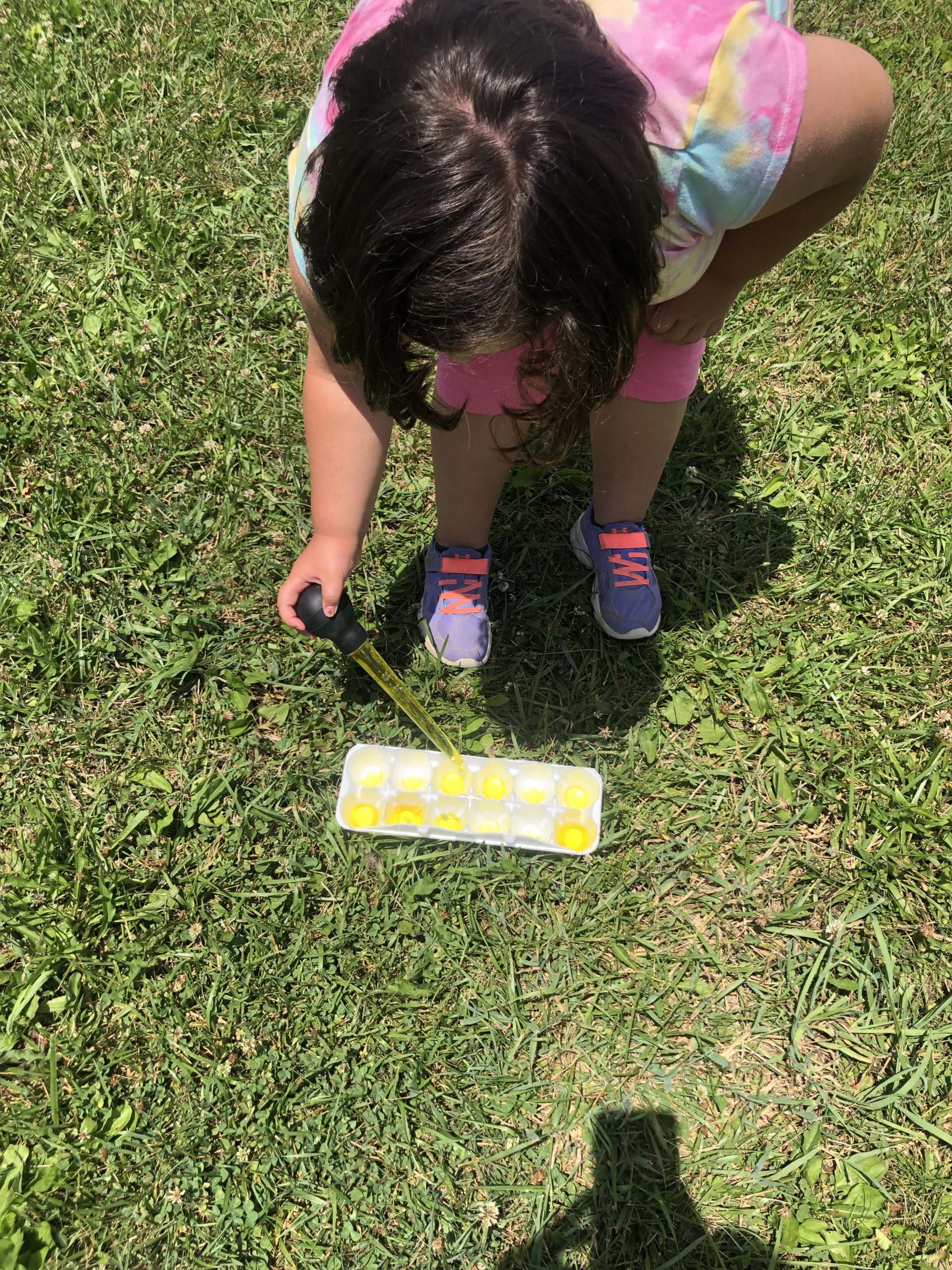
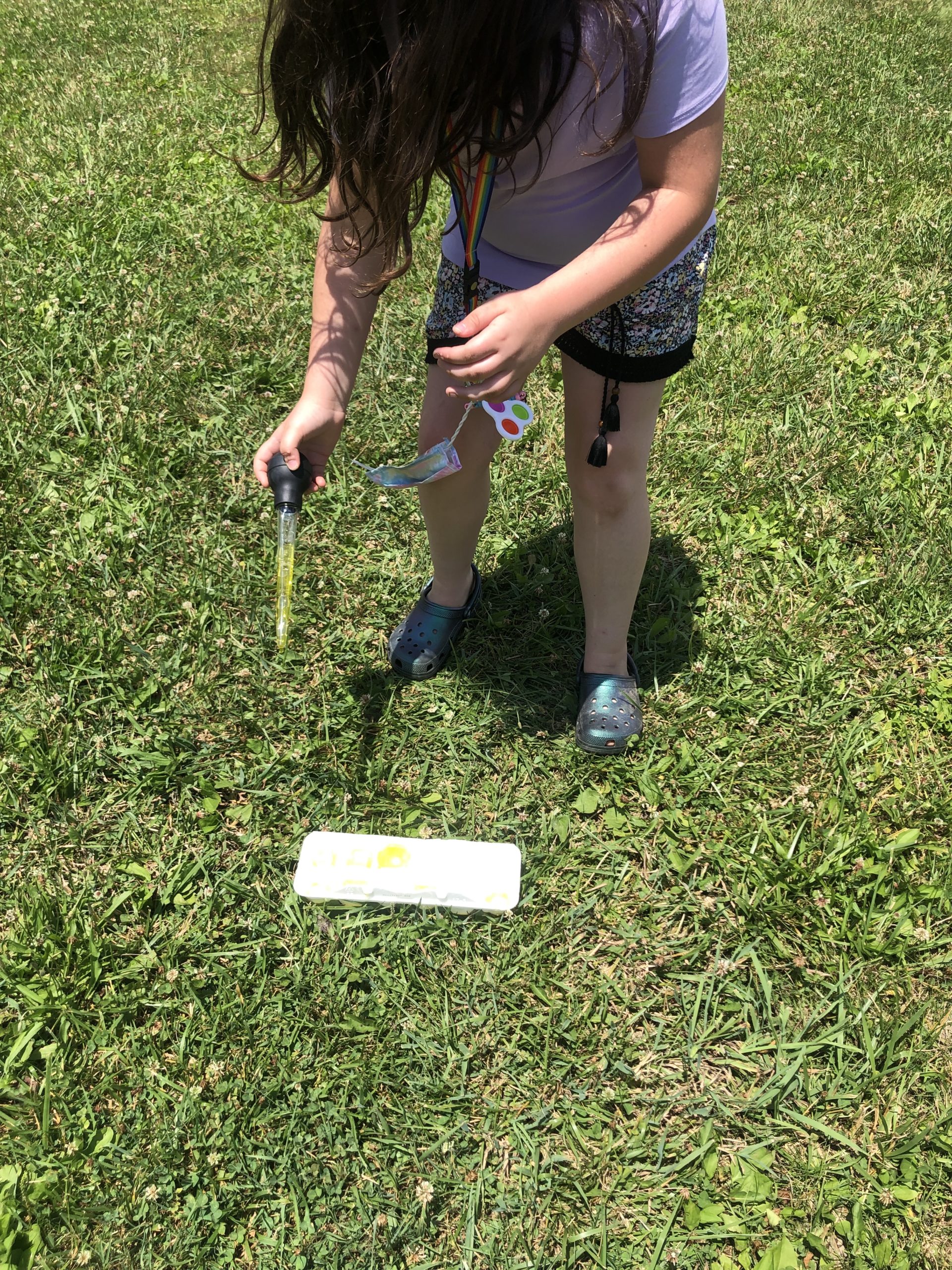

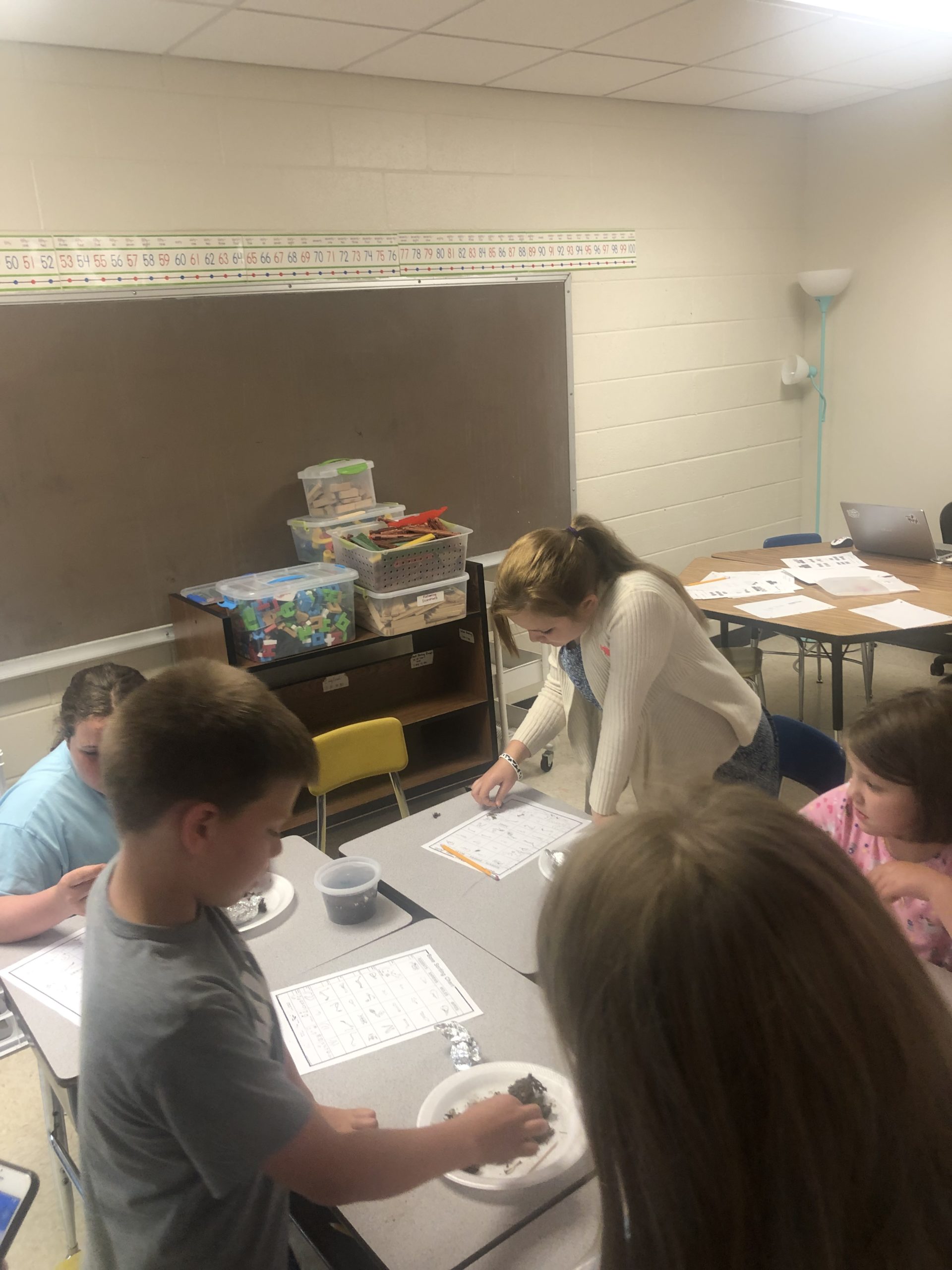
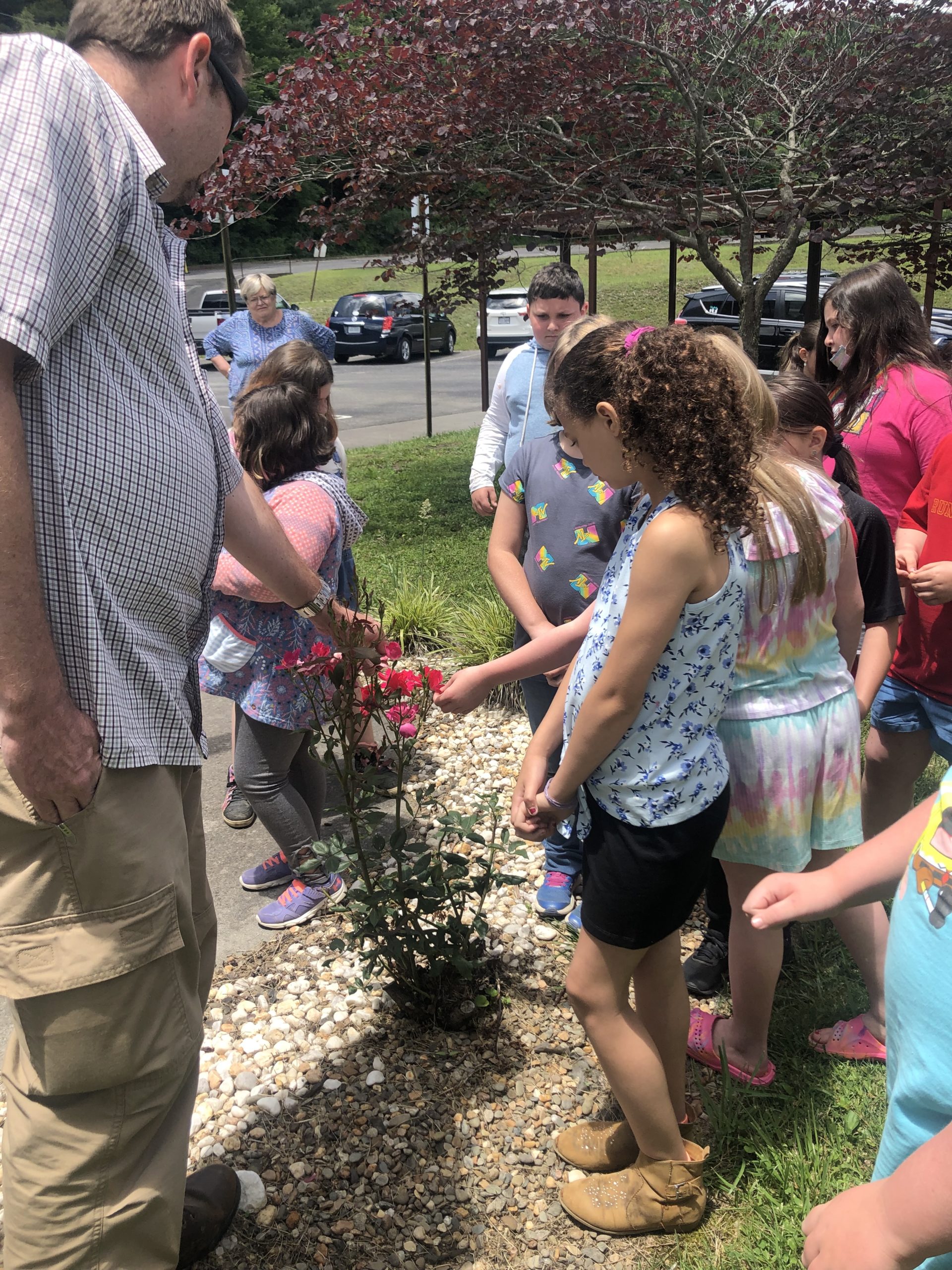
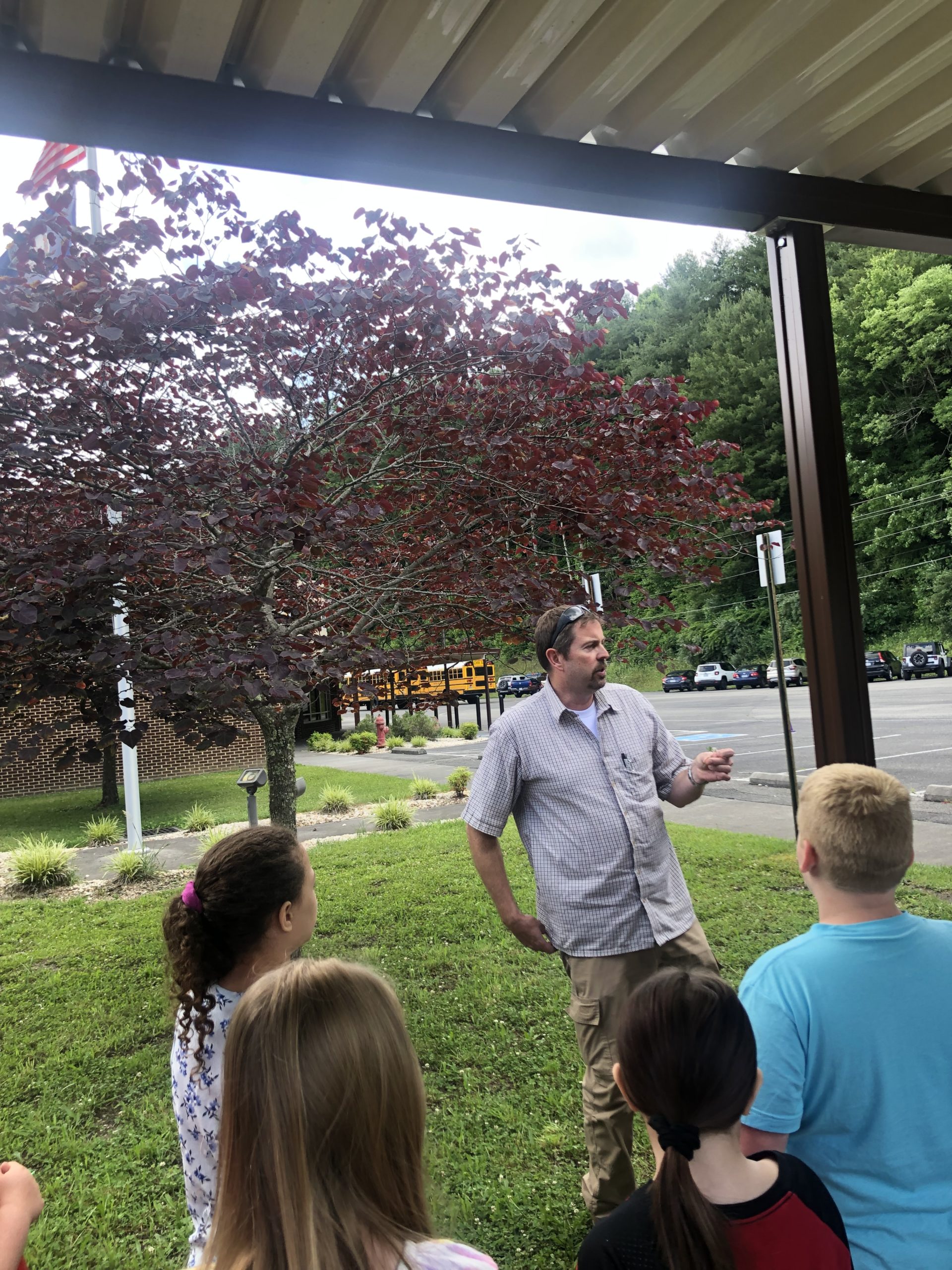
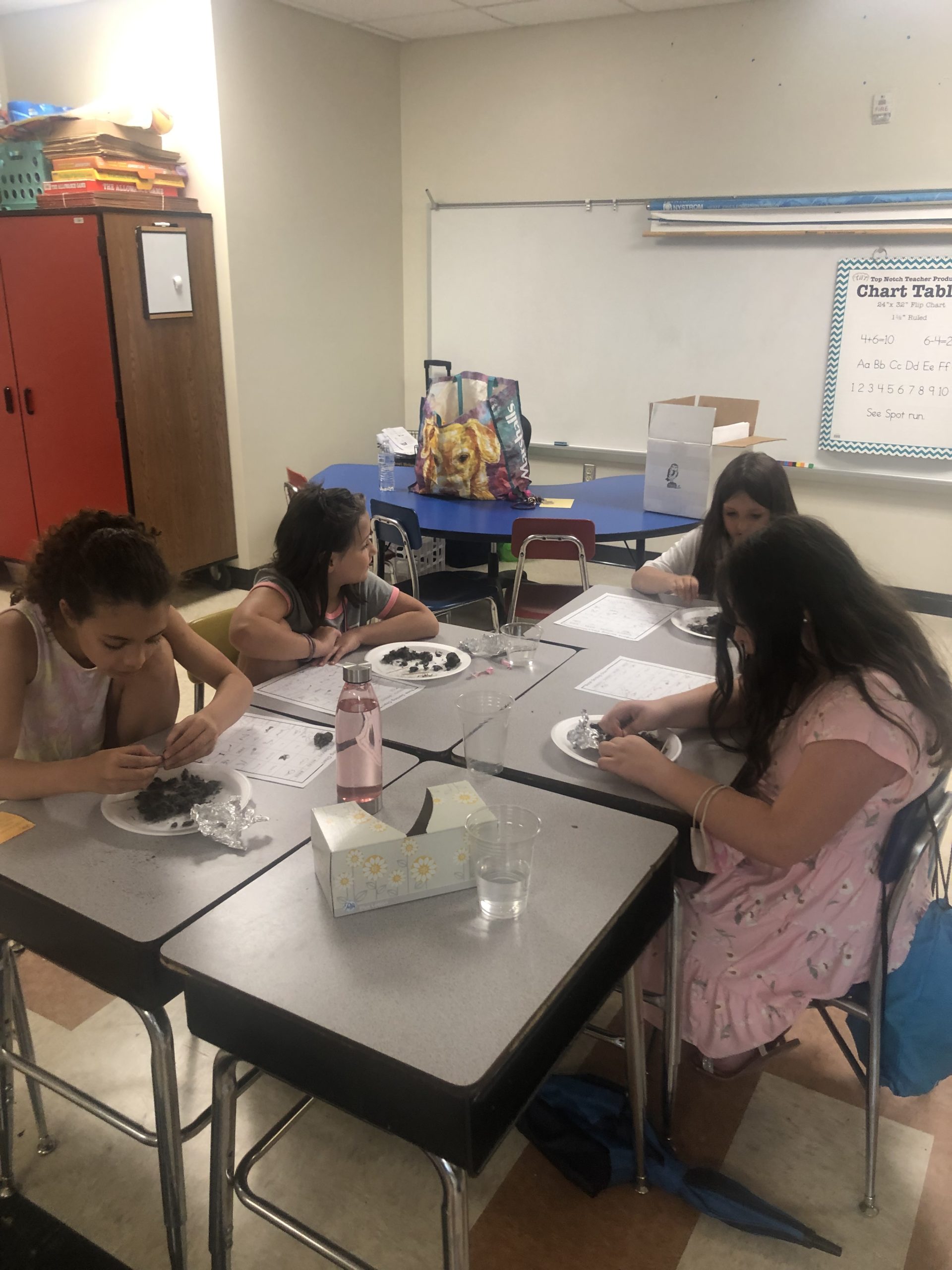

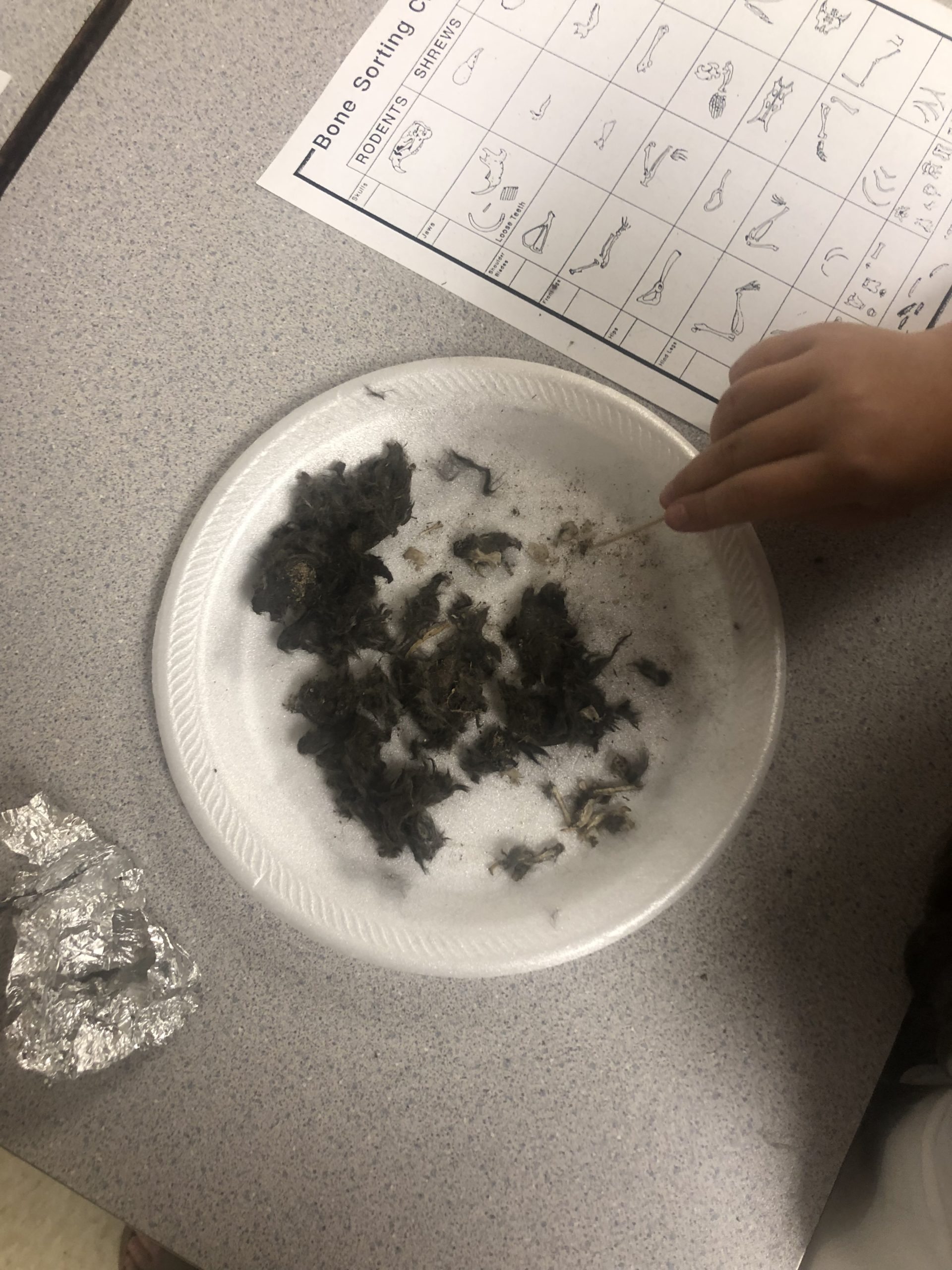
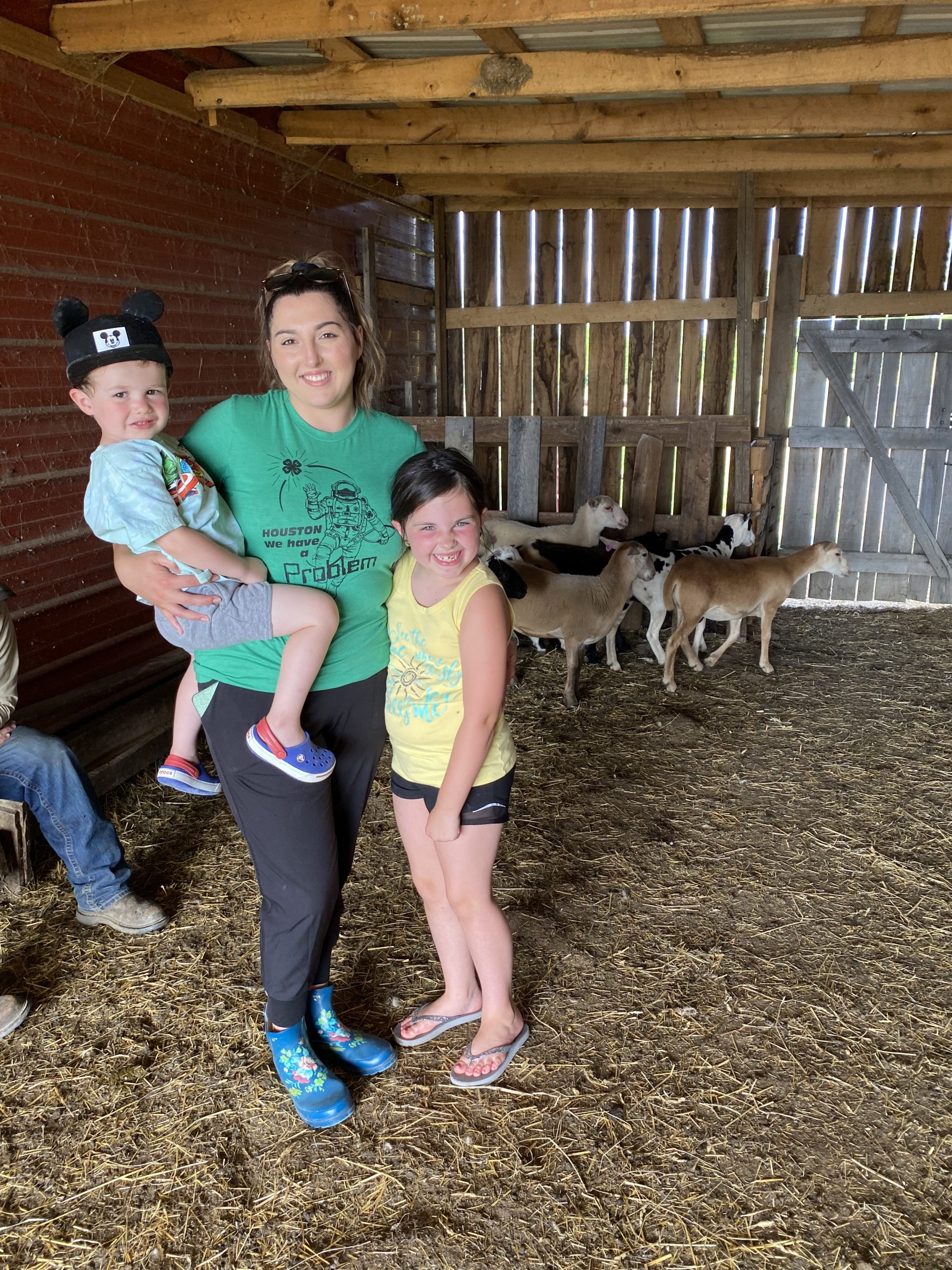


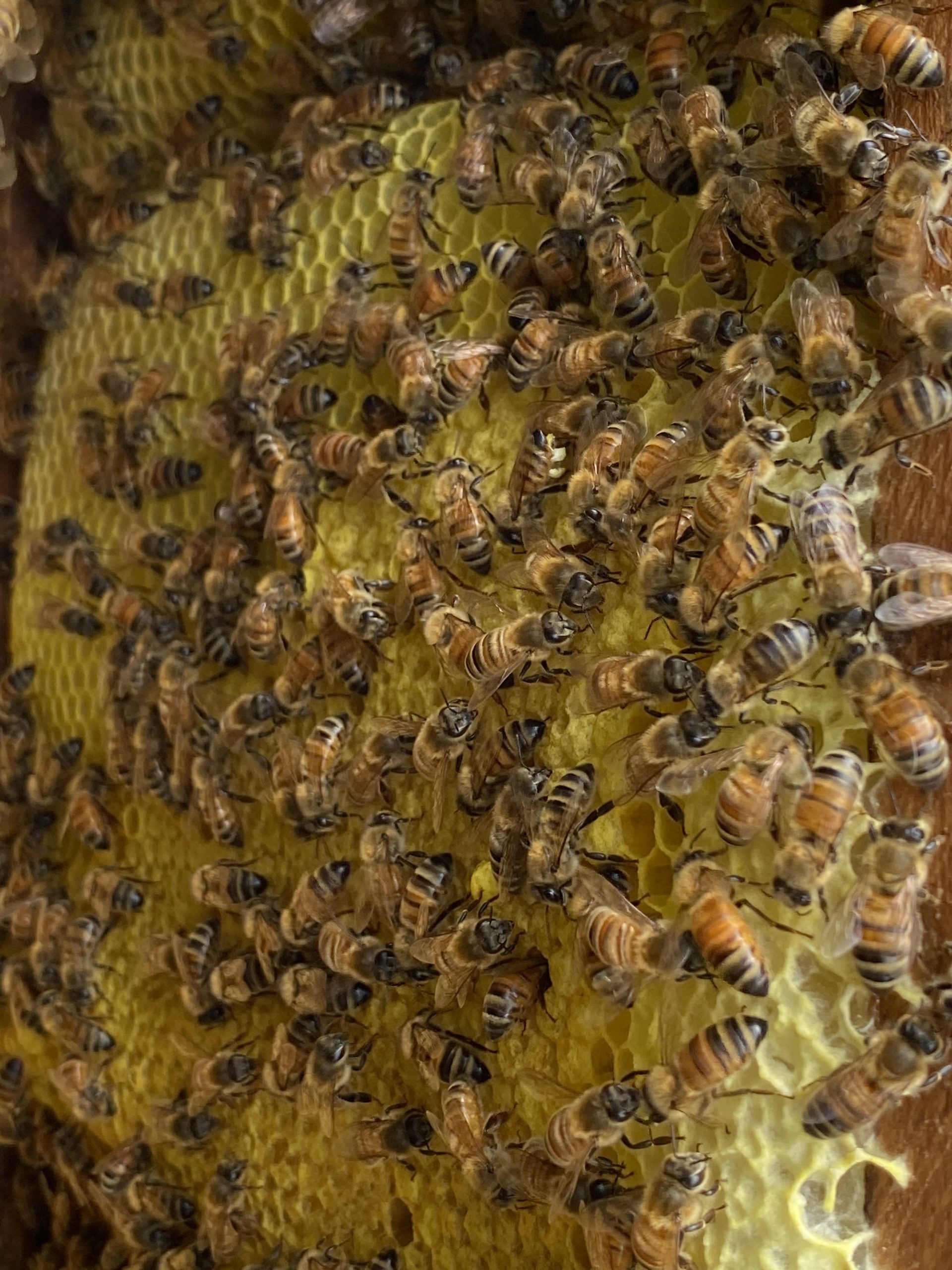
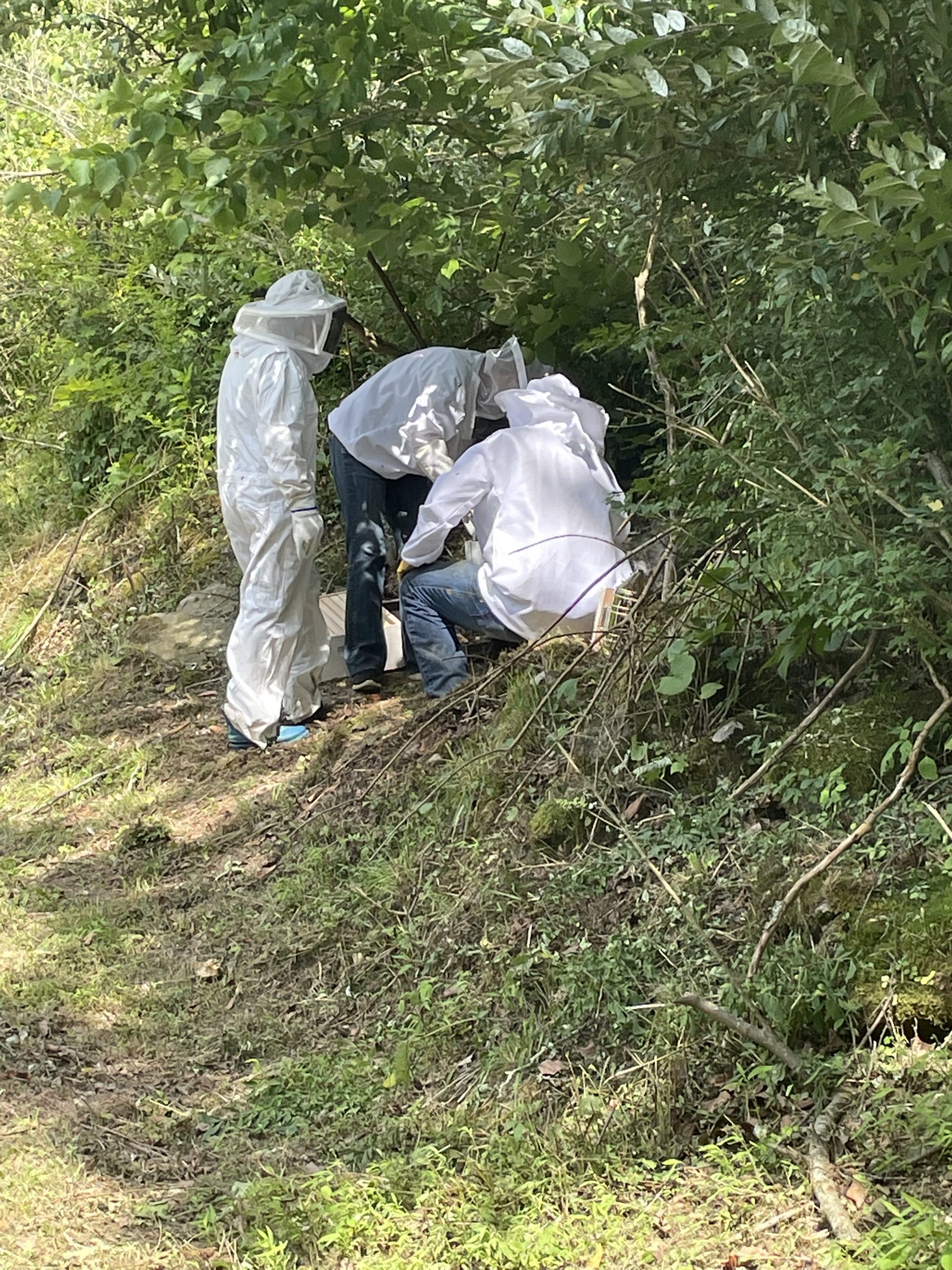
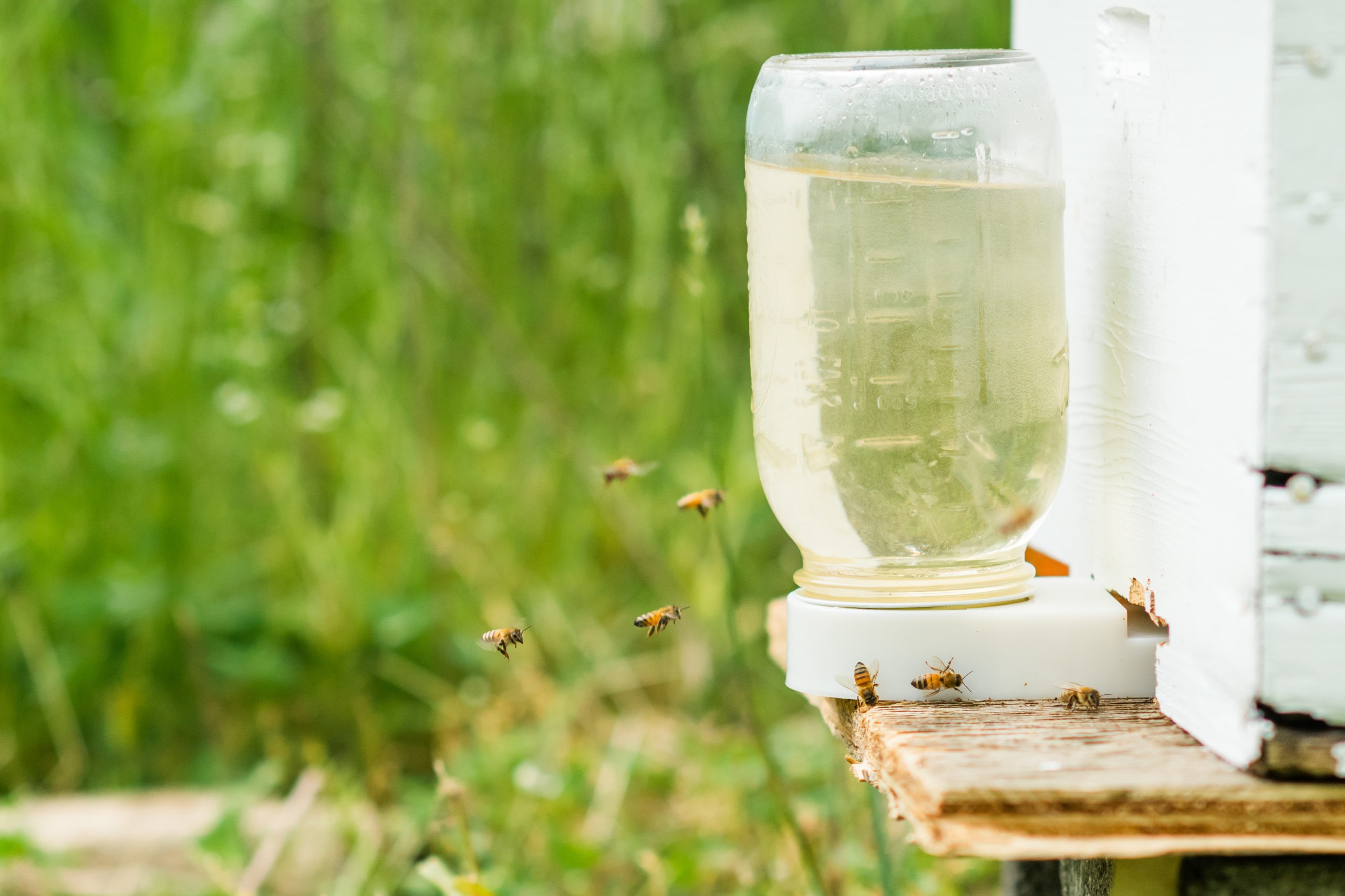
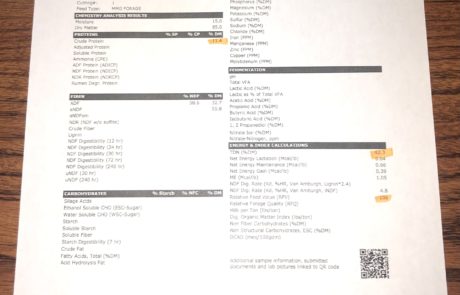
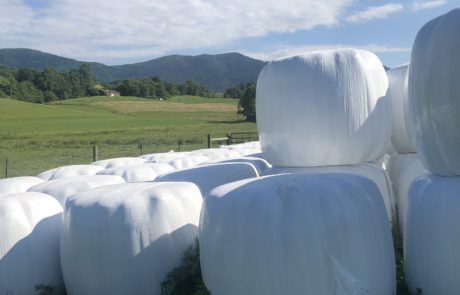
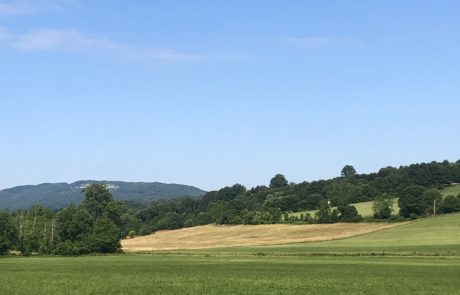
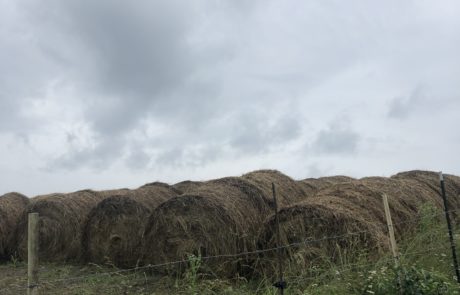

Leave A Comment